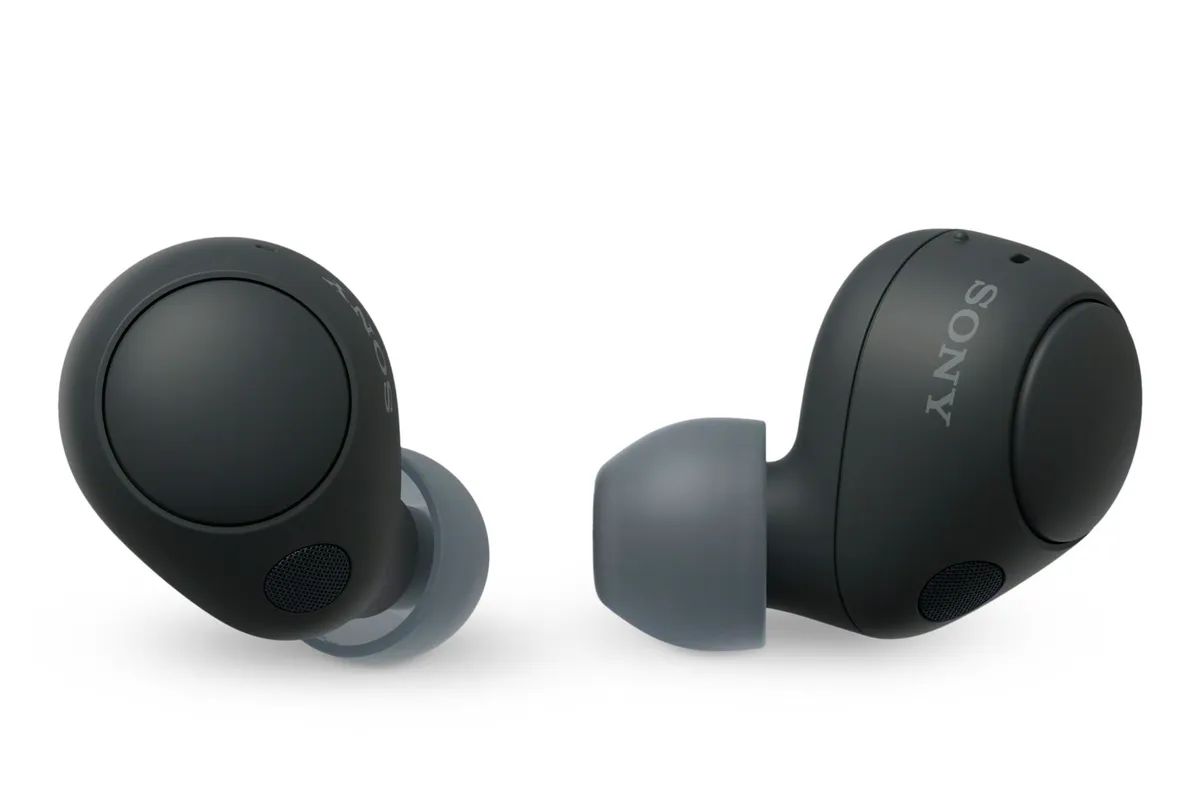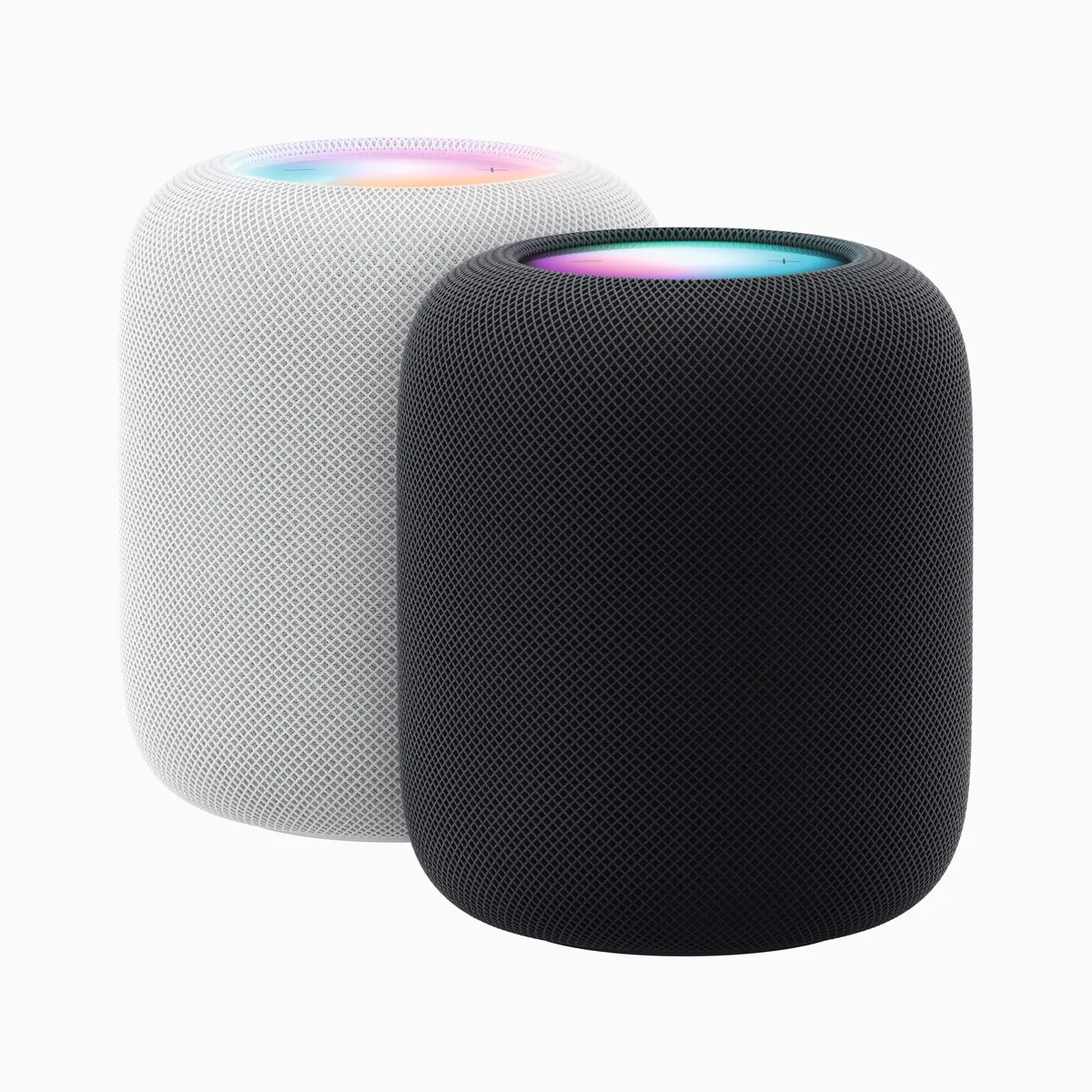What is spatial audio?
Spatial Audio is a way of creating sound that can be experienced in 360 degrees instead of a simple stereo mix. Cinema goers have enjoyed the all-encompassing Dolby Atmos experience for some time, but it’s starting to catch on with music production too.
How does spatial audio work?
Audio engineers use special software to position performers and even the audience within a 360-degree spherical space. For the most realistic playback, you need a multi-speaker Dolby Atmos surround sound system. Many soundbars, all-in-one speakers and headphones are also compatible.
Who offers spatial audio music?
Apple is leading the industry with its Spatial Audio content, in which tracks are mixed in Dolby Atmos. At present, only a fraction of Apple Music’s library is available, but it is improving. Amazon also offers Dolby Atmos Music via its premium subscription.
Best spatial audio products
Sonos Era 300

The hefty ‘cinched hourglass’ design makes the most of spatial audio. Inside the Sonos Era 300 you’ll find four tweeters – one forward-firing, one upward-firing and two side-firing – and two woofers, angled left and right, each with their own amplifier.
It works brilliantly. Close your eyes, spin around, and it’s genuinely hard to pinpoint the speaker’s location. Its power, projection and authority is exceptional, although for best results it needs to be at least 20cm away from a wall. Compatibility is comprehensive, and now Bluetooth is included, as is a line-in for connecting a player. sonos.com
Sony WF-C700N

Sony’s own 360 Reality Audio is available to premium Tidal and Amazon Music Unlimited subscribers – a smartphone and any headphones will suffice to sample.
Sony, though, offers a range of certified products, including these excellent and affordable true wireless earbuds. The small 5mm drivers are light and comfortable; the active noise cancellation is impressive too, and you can customise the function of the buttons on each ear. With 360 Reality Audio files from Tidal, a performance plays out beautifully across all corners of the soundstage.
Apple HomePod

As a fan of the original HomePod, I was disappointed when it was discontinued, but over the past few weeks I have been delighted by its rebirth. It looks identical – albeit shorter – to the original, but has been completely overhauled with new Siri voice-controllable smart home features as well as support for spatial audio.
Inside, there are five tweeters and a four-inch woofer, and if you’re wedded to the Apple ecosystem – especially Apple Music – the speaker works wonders with the available Dolby Atmos spatial audio tracks. Listening to Alice Sara Ott and the Netherlands Radio Philharmonic Orchestra, conducted by Karina Canellakis, performing Beethoven’s First Piano Concerto in Dolby Atmos from the recently launched Apple Music Classical app is quite the advert for the new service.
I tested two HomePods in my compact office, paired effortlessly in stereo, and if you have the budget, I implore you to spend big. The depth, dynamism and spaciousness is a joy to hear, with the position of the orchestra and genuine three-dimensional feel of the recording brilliantly realised. Yes, it lacks Bluetooth or any other inputs, and compatibility is restricted to AirPlay, but dedicated Apple users won’t be disappointed.
